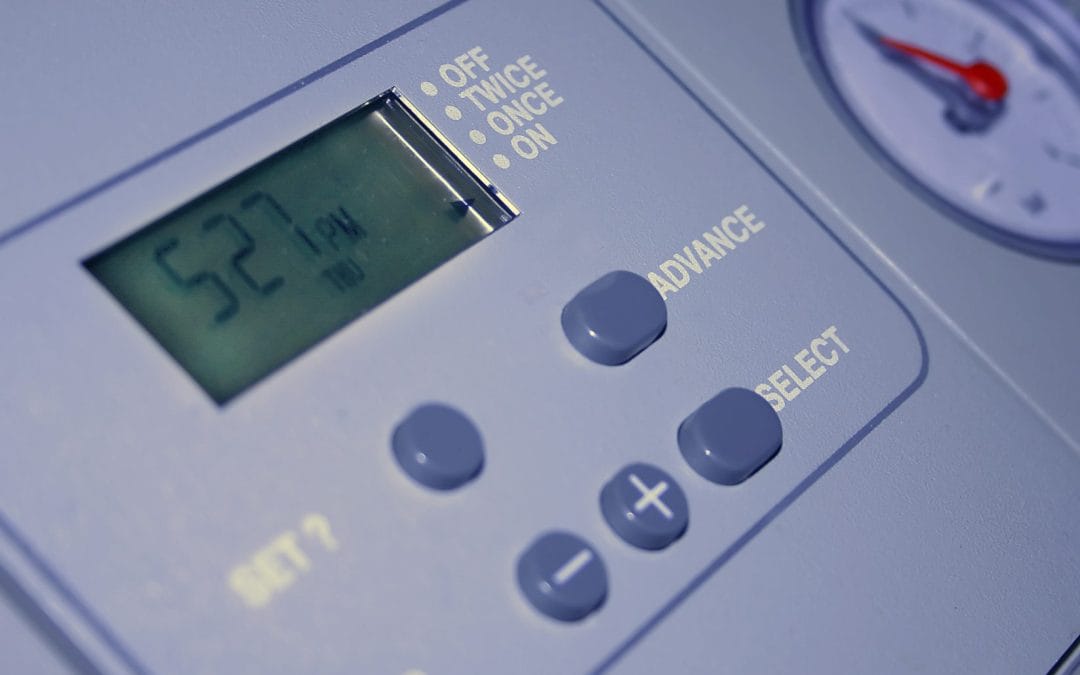Major heating transitions are often significant and require a major event to serve as the catalyst as well as a friendly face to guide them through it.
This was the case when it came to fireplaces, which made a somewhat sudden transition from coal to natural gas in the 1950s, one that has largely endured ever since.
Whilst the benefits of gas fires in hindsight are exceptionally obvious, it was not as easy a transition at the time as one might expect, and it took a major change in the law and a friendly mascot to finally change hearts and minds.
The Great Smog
From the 5th to the 9th December 1952, a tremendous and devastating smog enveloped London for five days that would kill at least 4000 people but might have taken as many as 12,000 lives.
It highlighted a huge problem with air quality which was not certainly new to London following the Industrial Revolution but affected so many people in such a devastating way that it quickly became clear that something needed to change.
The problem, as expressed in an excellent Science Museum Group Journal, was that the cause was a huge number of coal fires, which were important not only as a deliverer of warmth but as a comforting centre of a household.
In the period immediately after the Second World War, when the British population were still picking up the pieces from the Battle of Britain, the Blitz and the broad impact of the Second World War, the fireplace was a vital central point of the family.
Whilst the term “fireside chat” was devised by the Franklin D Roosevelt Administration, the concept of the fireplace being the central point of family and community dates back to the discovery of fire itself, and it was extremely difficult to explain that the ways in which fires were set could have contributed to massive pollution events.
Natural gas was much cleaner and safer, but it needed to be sold to people used to coal and wood-burning stoves. It required a friendly face, and thankfully the Gas Council had the perfect one.
The Power Of Mr Therm
In 1956, the Clean Air Act was passed, which required a movement towards smokeless fuels that reduced the risk of peasoupers and the significant health implications that they caused.
Following the Great Smog, the dangers of polluting heat could no longer be ignored, and alongside a shift towards cleaner sources of electricity, alternatives to particularly polluting types of coal, town gas and wood were important to stop smoke billowing up the chimney.
Natural gas quickly emerged as the optimum solution, particularly since it would take a further three decades before electric fireplaces could produce any flames at all, let alone ones that would provide the same comfort as a traditional fireplace.
Natural gas could, but it was initially treated as somewhat sterile by 1950s audiences, at least until the reintroduction of Mr Therm to act as a mascot of natural gas as a concept.
Whilst Mr Therm had been the mascot of the Gas Council since at least the 1930s, it became a vital part of the transition of heat from polluting fuel sources to natural gas.
The Legacy Of Mr Therm
Mr Therm was a somewhat adorable character designed by Eric Fraser for the Gas Light and Coke Company, but would ultimately be used by the Gas Council (now British Gas) as a representative of natural gas as a whole.
He was particularly important during a time when natural gas was considered to be the expensive alternative to “town gas”, or gas that was produced from coal. Natural gas had none of the downsides and needed to be adequately explained to a populace used to the somewhat negative effects of coal-based gas.
Mr Therm appeared a lot in early Gas Council adverts and was a cartoon that represented everything that we know about natural gas today.
It provided cosy central heating quickly, beautiful fireplaces and hot water on-demand, as well as providing much more accurately cooked meals.
This campaign, alongside a long-standing endorsement deal with pioneering celebrity chef Fanny Craddock, would transform how people felt about natural gas and make it the norm rather than town gas, wood or coal.
Eventually, the natural gas grid would convert to High-Speed Gas, which made the major gas campaigns such as Mr Therm unnecessary, but the legacy of the cute mascot is to showcase that every major transition does come with difficulties that a friendly face can help with.

